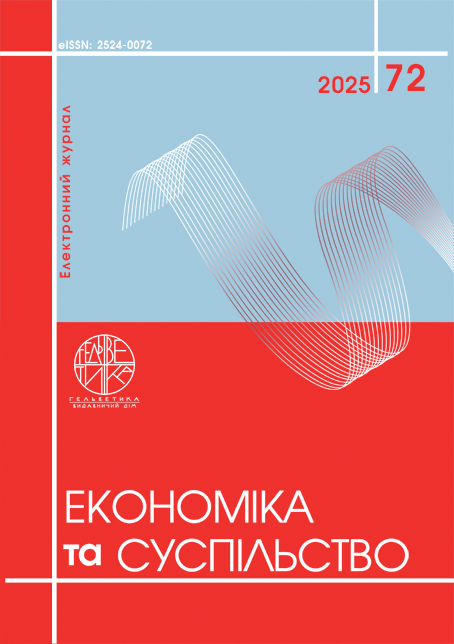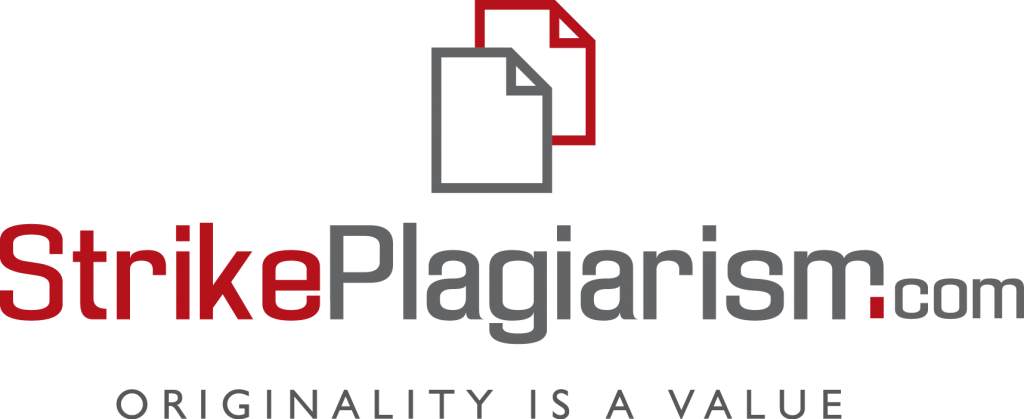IMPACT OF CASH FLOWS ON THE LIQUIDITY AND SOLVENCY OF AN ENTERPRISE
Abstract
The article examines the main methods of assessing liquidity and solvency, including cash flow analysis, ratio analysis, and cash flow forecasting. Recommendations are provided for improving the efficiency of cash flow management, aimed at ensuring financial flexibility, reducing insolvency risks, and achieving long-term stability of the enterprise. The results obtained can be useful for business leaders, financial analysts, and financial management specialists, as they provide a comprehensive understanding of the impact of cash flows on the financial stability and efficiency of business operations. The article is devoted to examining the impact of cash flows on a company’s liquidity and solvency. It analyzes the main aspects of cash flow management that ensure the company’s ability to meet its financial obligations promptly. Methods for assessing liquidity and solvency are systematized, including ratio analysis, balance sheet method, payment calendar, and integrated approach. The interrelation between the volumes and synchronization of cash flows and the company’s financial stability is investigated. Directions for optimizing cash flow management to maintain an adequate level of liquidity and solvency are outlined, particularly ensuring the balance of inflows and outflows, their synchronization over time, and the growth of net cash flow. The article examines in detail the essence and classification of an enterprise's cash flows, in particular their division into operating, investment, and financial. The main factors influencing their formation are identified, including internal and external factors, such as the macroeconomic situation, the state of the financial market, the credit policy of the state, the efficiency of current asset management, etc. The relationship between cash flows and the liquidity of the enterprise, which is expressed in the company's ability to fulfill its short-term obligations in a timely manner, is analyzed. Methods for assessing liquidity and solvency are systematized, including ratio analysis, balance sheet method, payment calendar, and integrated approach. The relationship between the volume and synchronicity of cash flows and the financial stability of the enterprise is investigated. The directions for optimizing cash flow management are outlined to maintain an appropriate level of liquidity and solvency, in particular, ensuring a balance between revenues and expenses, their synchronization over time, and the growth of net cash flow.
References
Крупка М. Фінансовий менеджмент: підручник. Львів: МОН України Львів. нац. ун-т ім. Ів. Франка, 2019. 440 с., 83-91.
Степаненко О., Туровська А. Аналіз руху грошових потоків підприємства, їх вплив на господарську діяльність. Інфрастуктура ринку. 2023. № 74. С. 148–155.
Степаненко О. Властивості грошових потоків та ризики їх впливу на фінансову стабільність підприємства. Scientific Collection «InterConf+». 2024. С. 97–107.
Кошельок Г. Фактори, які впливають на формування грошових потоків промислового підприємства. Економiка i органiзацiя управлiння. 2016. № 1 (21). С. 119–126.
Роганова Г. Коефіцієнтний аналіз грошових потоків підприємства. Тhe economic discourse International scientific journal. 2021. № 3-4. С. 128–138.
Шуміло О., Курочка А. Ліквідність і платоспроможність підприємства та методи їх аналізу. Економіка підприємства. 2023. С. 105–111.
Шубіна С., Авакян М. Напрямки управління грошовими потоками підприємства: теоретичні аспекти. Фінансово-кредитна діяльність: проблеми теорії та практики. 2016. С. 52–55.
Голинський Ю., Луців л., Шпаргала Д. Оптимізація грошових потоків підприємств та їх прогнозування. Молодий вчений. 2018. № 2 (2). С. 687–690.
Єрешко Ю. Моделі оптимізації грошових потоків підприємства. Національний технічний університет України «КПІ». 2013. С. 1–14.
Міокова Г., Самсонова К. Факторинг: сутність та особливості в Україні. Наукові записки. 2013. Вип. 12, част. 1. С. 84–89.
Krupka, M. (2019). Finansovyi menedzhment: pidruchnyk [Financial Management: Textbook]. Lviv: MON Ukrainy Lviv. nats. un-t im. Iv. Franka, pp. 83–91.
Stepanenko, O., & Turovska, A. (2023). Analiz rukhu hroshovykh potokiv pidpryiemstva, yikh vplyv na hospodarsku diialnist [Analysis of the Cash Flows of an Enterprise and Their Impact on Economic Activity]. Infrastruktura rynku, (74), 148–155.
Stepanenko, O. (2024). Vlastyvosti hroshovykh potokiv ta ryzyky yikh vplyvu na finansovu stabilnist pidpryiemstva [Properties of Cash Flows and Risks of Their Impact on the Financial Stability of an Enterprise]. Scientific Collection “InterConf+”, 97–107.
Koshelok, H. (2016). Faktory, yaki vplyvaiut na formuvannia hroshovykh potokiv promyslovoho pidpryiemstva [Factors Influencing the Formation of Cash Flows in an Industrial Enterprise]. Ekonomika i orhanizatsiia upravlinnia, (1)21, 119–126.
Rohanova, H. (2021). Koefitsiientnyi analiz hroshovykh potokiv pidpryiemstva [Ratio Analysis of Enterprise Cash Flows]. The Economic Discourse International Scientific Journal, (3-4), 128–138.
Shumilo, O., & Kurochka, A. (2023). Likvidnist i platospromozhnist pidpryiemstva ta metody yikh analizu [Liquidity and Solvency of an Enterprise and Methods of Their Analysis]. Ekonomika pidpryiemstva, 105–111.
Shubina, S., & Avakian, M. (2016). Napriamky upravlinnia hroshovymy potokamy pidpryiemstva: teoretychni aspekty [Directions of Enterprise Cash Flow Management: Theoretical Aspects]. Finansovo-kredytna diialnist: problemy teorii ta praktyky, 52–55.
Holinskyi, Yu., Lutsiv, L., & Shparhala, D. (2018). Optymizatsiia hroshovykh potokiv pidpryiemstv ta yikh prohnozuvannia [Optimization of Enterprise Cash Flows and Their Forecasting]. Molodyi vchenyi, (2)2, 687–690.
Ereshko, Yu. (2013). Modeli optymizatsii hroshovykh potokiv pidpryiemstva [Models of Enterprise Cash Flow Optimization]. Natsionalnyi tekhnichnyi universytet Ukrainy “KPI”, 1–14.
Miokova, H., & Samsonova, K. (2013). Faktorynh: sutnist ta osoblyvosti v Ukraini [Factoring: Essence and Features in Ukraine]. Naukovi zapysky, (12)1, 84–

This work is licensed under a Creative Commons Attribution 4.0 International License.


